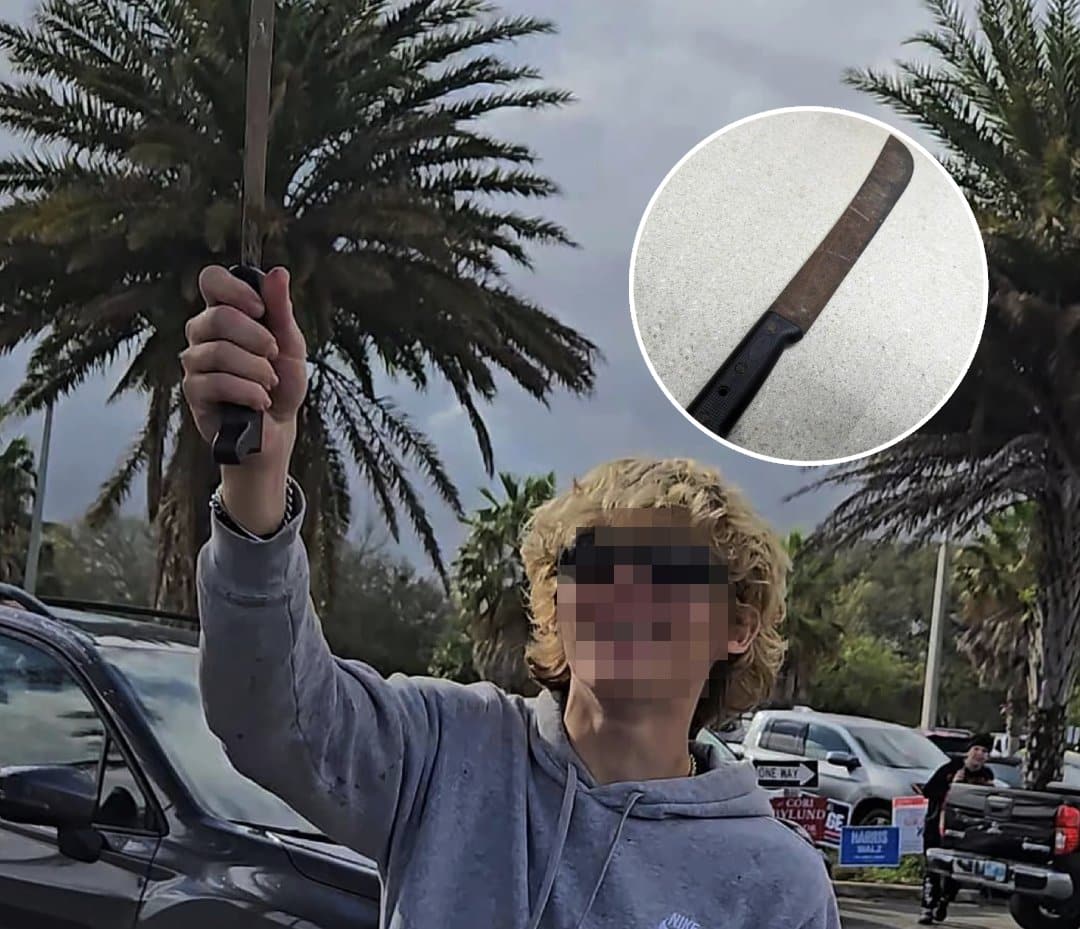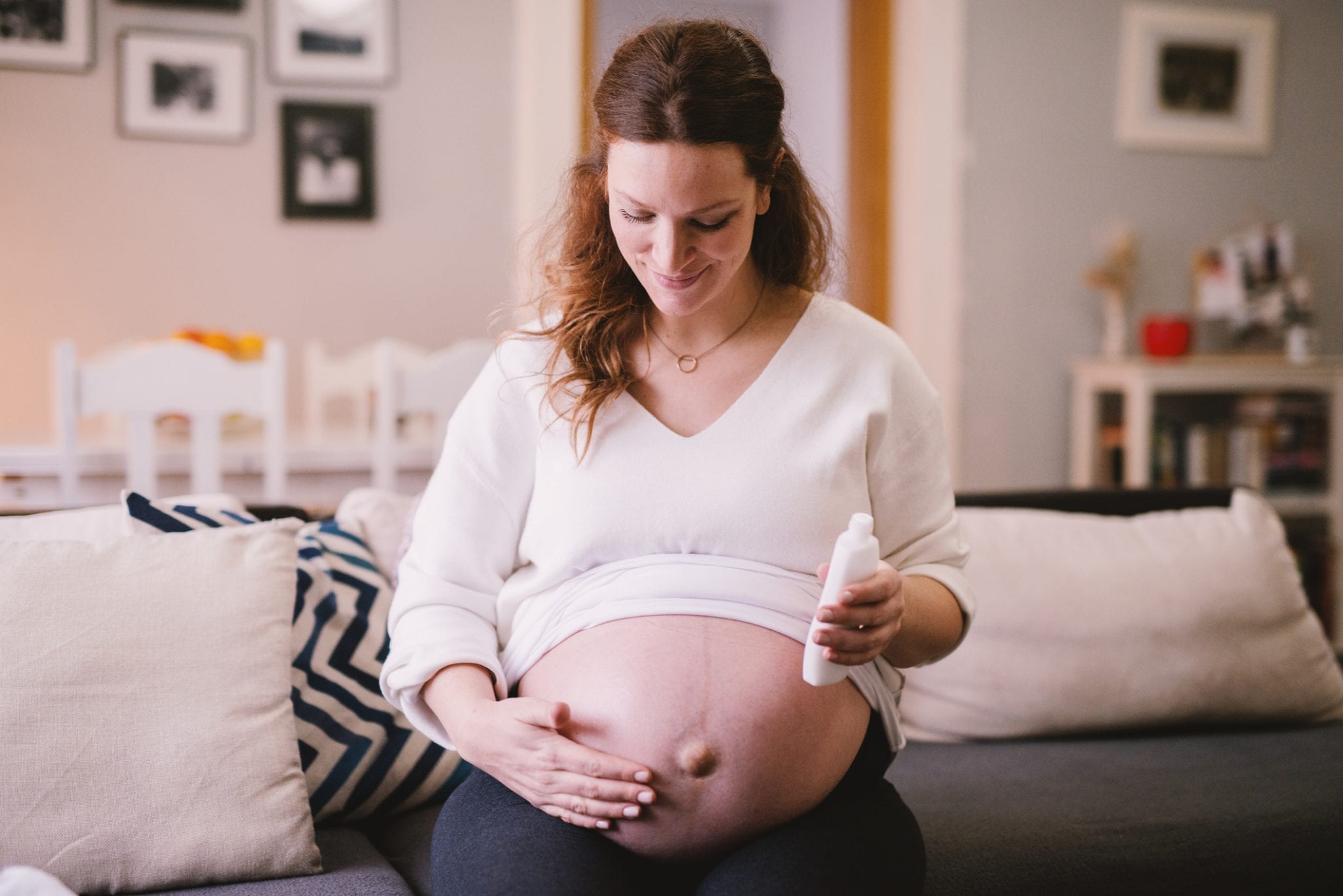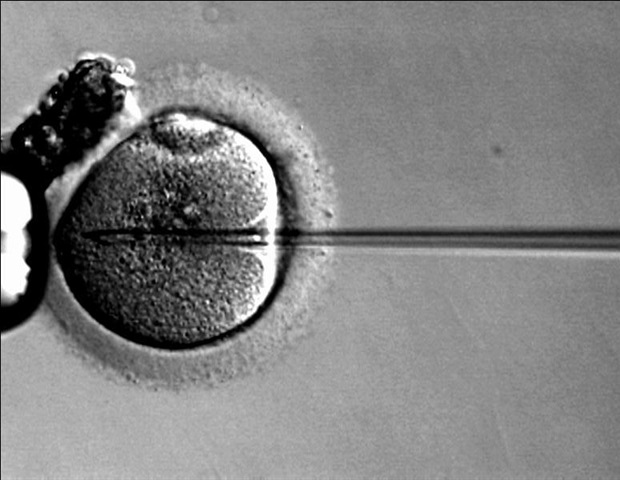Pregnancy affects nearly every organ or system in the body, even those seemingly unrelated to your baby. One somewhat unexpected symptom of pregnancy is its effect on your skin. While some women are fortunate to experience the “pregnancy glow,” others suffer from less pleasant skin changes during pregnancy. Skin may exhibit changes during pregnancy in response to hormones, weight gain, increased blood volume, and more.
10 Skin Changes You May Experience During Pregnancy
Here, we will examine common skin changes during pregnancy, why they happen, and how to prevent or treat them.
1. Stretch Marks
One of the most common skin changes during pregnancy is pregnancy stretch marks. They can also be called striae. When the abdomen, breasts, hips, buttocks, and thighs grow rapidly to accommodate your growing baby and body during pregnancy, the lower layers of skin can thin and tear, causing parallel lines to form. Sometimes, they are textured when compared to the rest of your skin.1
When stretch marks first appear, they are usually reddish and raised. They may flatten out and fade to white or silver but are usually permanent in some capacity.2
Many topical oils and extracts claim to prevent or treat stretch marks, but none have proven particularly effective.2 While they may never completely disappear or heal, they may fade to the point where they are no longer noticeable. And if not, think of them as little reminders of what your body underwent to grow your baby!
2. Hyperpigmentation
During pregnancy, your placenta secretes a hormone to increase melanin production. Melanin darkens your skin and is sometimes concentrated in certain areas. You might notice the areola surrounding your nipples darkens during pregnancy. You may also see the development of a darkened line called the linea nigra. The linea nigra stretches vertically from your pubic bone to your belly button or higher. Some have speculated that the darkening of the areola and the line leading up to your chest help guide a newborn to your breasts for their first feed.3
Finally, you may develop dark spots called melasma or chloasma on your face. Some call this the “mask of pregnancy” because it is like an asymptomatic pregnancy rash on your face. Darkened skin on your face is harmless and painless. It usually fades after giving birth and is simply another side effect of increased melanin from the placenta. To minimize face hyperpigmentation during pregnancy, avoid sun exposure as much as possible, wear a hat, and apply sunscreen.4
3. Varicose and Spider Veins
Blood volume increases significantly during pregnancy, which can cause visible vascular changes. Spider veins are small, thin red veins that look like a spider web under the skin’s surface. They rarely cause any symptoms except that you can see them.4,5
Varicose veins during pregnancy can pop up in the legs and the groin due to venous compression and extra weight. Varicose veins are swollen, rope-like, blue, and painful or sore. Typically, spider and varicose veins are purely cosmetic and fade or completely clear up soon after delivery when the pressure of your uterus is relieved.4,5
4. Acne
Blemishes occur when pores become clogged with excess oil. During pregnancy, blood volume and blood flow to the skin increase. Pregnancy hormones also cause increased oil production on the skin. A combination of these factors can cause pregnancy acne.4
Acne during pregnancy can be frustrating or embarrassing, but there are interventions to minimize breakouts. Use a gentle cleanser to wash away excess oil on the skin. Avoid touching your face and picking your skin as much as possible. If possible, lighten the make-up, as it can also clog pores.6
If acne during pregnancy becomes particularly bothersome, talk to your provider about pregnancy-safe skin care and potentially some prescription solutions. Before introducing new medications or products, speak to your OB-GYN, as some acne treatments can harm unborn babies.6
5. Skin Tags
Skin tags are harmless growths of excess skin that often appear in areas where skin rubs together, such as the eyelids, underarms, and neck, but they can pop up anywhere. Due to hormones and increased weight, skin tags more commonly appear during pregnancy. They are typically painless and not harmful, though they can bleed quite a lot if nicked. Unfortunately, skin tags during pregnancy do not usually go away on their own, so a dermatologist can remove them after delivery if they are particularly bothersome to you.7
6. Hair and Nails
Hormones and blood flow may cause changes to your hair and nails while pregnant. Prenatal vitamins may also play a role in these changes. Many women report thicker, stronger, faster-growing hair and nails as one of the best skin changes during pregnancy, but others report brittle hair and nails that fall out or break easily during pregnancy. It is also common to lose excess hair in the postpartum period. Over time, your hair and nails will return to their baseline pre-pregnancy state.8
7. PUPPP
PUPPP stands for pruritic urticarial papules and plaques of pregnancy, and it refers to itchy hives that appear on your belly late in the third trimester. They look like red or purple spots on the skin. These hives often begin forming on stretch marks and can spread throughout pregnancy. One theory behind the cause of PUPPP rash is that your belly is growing so quickly that your skin cells cannot keep up with the stretching. It is uncomfortable but not harmful or indicative of an underlying issue and is relieved soon after delivery.9
You can minimize PUPPP by keeping your skin clean and dry, applying gentle moisturizer, taking oatmeal baths, and applying cold compresses to irritated skin. You can also try aloe vera for itchy skin during pregnancy. If these home remedies do not relieve your itching and discomfort, talk to your provider about trying anti-itch or steroid creams like hydrocortisone or antihistamine pills typically used for allergies.9
8. Pemphigoid Gestationis
Another cause of rash during pregnancy is pemphigoid gestationis (PG). PG starts similarly to PUPPP, but symptoms may begin earlier in pregnancy. In the late second or during the third trimester, severe itching and skin lesions appear. They first erupt around the belly button and spread throughout the abdomen and then to the extremities. The only body locations PG typically avoids are your face and mucous membranes.10
Pemphigoid gestationis is an autoimmune condition, meaning your immune system is overreacting and attacking your cells. While it is typically harmless, if your immune system attacks cells in the placenta or amniotic sac, there is a slight chance of complications. It is associated with molar pregnancy and likely to recur with subsequent pregnancies.10
9. Prurigo of Pregnancy
There are many causes of itchy skin during pregnancy. Another skin change during pregnancy is prurigo or papular dermatitis. In this condition, clusters of itchy bumps appear on your skin, often on joints like the backs of your elbows and knees. They may look like pimples or bug bites. These bumps can be purple, red, or pink and may crust over. While similar to PUPPP, prurigo of pregnancy emerges earlier in pregnancy, is often on joints instead of areas that stretch like the belly and thighs and takes longer to resolve after delivery.11
Be sure to moisturize the areas multiple times per day, wear natural and breathable fabrics, and mention your symptoms to your provider so they can make sure it is not something more serious. Prurigo of pregnancy does not cause complications, but it can present similarly to other conditions that do cause complications.11
10. Intrahepatic Cholestasis of Pregnancy
Cholestasis refers to lowered liver function and bile buildup in your bloodstream. Bile buildup causes itching on your hands and feet, but the itching can spread to other body parts. Despite the itchiness, usually, no visible rash appears. The itchiness is often worse at nighttime.12
It is essential to mention these symptoms to your provider because intrahepatic cholestasis of pregnancy can be severe. It increases your risk for premature birth, stillbirth, fetal distress, and meconium aspiration. Your doctor will monitor you closely and recommend a medication to improve liver function and decrease bile in your blood. If this does not work, you may be induced early.12
Carrying a baby affects many parts of a woman’s body, and skin changes during pregnancy can be embarrassing, frustrating, uncomfortable, or even dangerous. Many of these conditions can be challenging to tell apart, so mention any skin symptoms to your provider. They will do their diligence to ensure it is nothing serious and recommend interventions and treatments to relieve your discomfort. The good news is that most skin changes during pregnancy resolve in the days, weeks, and months after delivery.

 PARENTING TIPS
PARENTING TIPS







 PREGNANCY
PREGNANCY








 BABY CARE
BABY CARE








 TODDLERS
TODDLERS








 TEENS
TEENS








 HEALTH CARE
HEALTH CARE







 ACTIVITIES & CRAFTS
ACTIVITIES & CRAFTS








 CONTACT
CONTACT ABOUT
ABOUT












